|
ELLIS R. LIPPINCOTT AWARD The award was established in 1975, with The Coblentz Society and Optica, to honor Ellis R. Lippincott's unique contributions to the field of vibrational spectroscopy. About Ellis R. Lippincott
Lippincott was a vibrational spectroscopist who worked at the University of Maryland. He was known for his work on the diamond anvil cell, which is used in high pressure research, and his spirit of innovation and ability to influence other scientists. His first academic position was at Kansas State University, where he developed a potential function for the hydrogen bond that is usually known as the Lippincott-Schroeder potential. Forty years after the publication of this work, when the development of computers allowed sophisticated ab initio computations to be made, the Lippincott–Schroeder potential still proved to be an excellent model of the hydrogen bond. Shortly after this work was published, Lippincott moved to the University of Maryland where he showed that his experimental skills were every bit as strong as his theoretical expertise. In a very productive partnership with scientists at the National Bureau of Standards, he was responsible for the development of the diamond anvil cell, with which spectra of materials at pressures up to 50,000 atm could be measured routinely. These devices are still being used today for applications as wide as explosives studies to forensic measurements. He founded High Pressure Diamond Optics with Alan Van Valkenburg and Charles Weir in 1961. In the early 1960s, there was a growing awareness that examiners in the U.S. Patent Office did not consider an infrared spectrum to be characteristic of a molecule for patent purposes. Lippincott presented a definitive paper on “The Limitations and Advantages of Infrared Spectroscopy in Patent Problems” which was subsequently published in the Journal of the Patent Office. As a result, the Patent Office’s view of IR spectroscopy underwent a major change. Lippincott died in 1974.
2025 Award Recipient - Yukihiro Ozaki
Ozaki obtained his PhD from Osaka University, Japan. After spending two years at the National Research Council, Canada, he joined the Jikei University School of Medicine in Tokyo. He retired from Kwansei Gakuin University where he was a professor in the Department of Chemistry. He is currently a professor emeritus and university fellow, a guest professor at Kobe University, and a guest principal researcher at RIKEN. Ozaki has long been involved in the studies of vibrational spectroscopy, including Raman, infrared, and near-infrared (NIR) spectroscopy. He has been very active in Raman spectroscopy, particularly for surface-enhanced Raman scattering (SERS). He has explored the mechanism of SERS and semiconductor-enhanced Raman scattering and developed their applications to nanomaterials and biological samples. Long interested in the various applications of vibrational spectroscopy, he was one of the pioneers of applications of Raman spectroscopy to medical diagnoses. Ozaki has also been very active in NIR spectroscopy studies, from basic studies of overtones and combinations to the development of instruments, spectra analysis, and applications. He applied quantum chemical calculations and two-dimensional correlation spectroscopy to various spectroscopy from FUV to far-infrared/terahertz and Raman spectroscopy. He has over 1,120 research publications and is a co-author or co-editor of 19 books. Ozaki has received many awards, including the Bomem-Michelson Award, the Medal with Purple Ribbon from the Japanese Emperor, the Pittsburgh Spectroscopy Award, the Charles Mann Award for Applied Raman Spectroscopy, the Karl Norris Award, and the Medal of Ioannes Marcus Marci.
2024 Award Recipient - Steven Boxer
2023 Award Recipient – Peter R. GriffithsThe 2023 Ellis R. Lippincott Award will be presented to Peter Griffiths, Professor and Chair Emeritus, Department of Chemistry, University of Idaho, USA. He is recognized for unique achievements and significant contributions to vibrational spectroscopy.
Peter Griffiths was born in England and spent the first 25 years of his life there. He received his doctorate in Physical Chemistry from Oxford University, UK, and spent two years doing postdoctoral research at the University of Maryland, USA, under the supervision of Ellis Lippincott. After brief stints with Digilab, USA, and Sadtler Research Labs, USA, he joined the faculty of Ohio University, USA, reaching the rank of Distinguished Professor. He moved to the University of California, Riverside, USA, before accepting the chairmanship of the Chemistry Department of the University of Idaho, USA, from which he retired in 2008. His principal research area has been analytical vibrational spectroscopy with particular emphasis on FT-IR spectroscopy. Among the topics that his research group has worked on are diffuse reflection spectroscopy, open-path atmospheric monitoring, and the interface of FT-IR spectrometers with various types of chromatographs (GC, HPLC and SFC). He has co-authored over 300 papers and has written, co-authored, or edited eleven books on these topics. He taught in a week-long course on the interpretation of IR and Raman spectra for over 30 years and acted as a consultant to several companies and organizations. The award will be presented at SciX 2023 in Sparks, Nevada. 2022 Award Recipient – Martin T. Zanni
2021 Award Recipient – Rohit Bhargava
Rohit Bhargava is Founder Professor in Engineering and serves as the Director of the Cancer Center at Illinois of the University of Illinois at Urbana-Champaign. Rohit graduated with a dual-degree B.Tech. (1996) from the Indian Institute of Technology, New Delhi and received a doctoral degree from Case Western Reserve University (2000). After a stint at the National Institutes of Health, he has been at Illinois as Assistant (2005-2011), Associate (2011-2012) and Full (2012-) Professor. Rohit has contributed to infrared chemical imaging with advances in theory, development of new instrumentation, and applications, especially in cancer pathology. He is recognized for his teaching and mentoring as well, including directing the NIH T32-supported Tissue Microenvironment training program. Rohit has also served to connect the research community in new and exciting ways. He proposed and has served to develop the Cancer Center at Illinois – a basic science center at the convergence of engineering and oncology. 2020 Lippincott Award Recipient - Dr. Volker Deckert
Dr. Volker Deckert is a Professor for Physical Chemistry at the Friedrich-Schiller University and jointly a department head at the Leibniz IPHT, both in Jena. He obtained his Diploma and his Ph.D. from the University of Würzburg, working on Raman spectroscopy. After a postdoc at the University of Tokyo, he started his research on near-field optical spectroscopy, first at the ETH Zurich, then in Dresden and Dortmund before he finally came to Jena. Dr. Deckert’s research focuses on Raman spectroscopy, near-field optical microscopy, and plasmon enhancement. The major goal is to extend the limits of spatial resolution for label-free techniques, particularly for methods based on tip-enhanced Raman scattering (TERS). Research is mainly driven by questions related to chemical and/or bio-related problems that require structural information at the highest possible resolution. These studies then help to understand the underlying theoretical concepts of the often-surprising lateral resolution.
2019 Lippincott Award Recipient - Ji-Xin Cheng
Ji-Xin Cheng devoted his career to transforming molecular spectroscopy from an in vitro analytical tool to a set of in vivo label-free chemical imaging platforms for discovery of hidden signatures inside living systems and further translation of the discoveries into medical diagnosis and treatment strategies.
2018 Lippincott Award Recipient - Peter Hamm
Peter Hamm studied physics at the Technical University of Munich and carried out his PhD studies under Wolfgang Zinth at the Ludwig Maximilians University of Munich between 1991 and 1995. He continued with a postdoc at University of Pennsylvania in the group of Robin Hochstrasser. In 1999, he was appointed as an independent group leader at the Max Born Institute, Berlin, and in 2001 as professor at University of Zürich, where he stayed ever since. Hamm’s research is focused on establishing novel spectroscopic methods in the infrared and THz spectral range which resolve transient structures of molecular systems and the energy flow through them on very fast timescales. A large variety of questions is addressed, ranging from complex problems such as protein folding and allosteric communication in proteins, over photocatalytic water splitting, to elementary structural processes in liquids like water. 2017 Lippincott Award Recipient - Roberto Merlin
Merlin is the recipient of 2006 APS Isakson Prize, a Fellow of AAAS, OSA, APS, and the von Humboldt, Guggenheim and Simons Foundation. Professor Merlin’s primary research specialty is experimental condensed matter physics. His areas of expertise include various continuous wave and ultrafast optical techniques and, in particular, spontaneous and impulsive (stimulated) Raman spectroscopy. His current interests focus on the generation of coherent vibrational and electronic fields using ultrafast laser and x-ray pulses and metamaterials. Merlin and collaborators pioneered work on folded acoustic and interface phonons in semiconductor heterostructures, and on Fibonacci superlattices, metasurfaces and squeezed phonons.
PAST RECIPIENTSThe respective host societies are listed below each recipient’s name.2016 2015 2014 2013 2012 2011 2010 2009 2008 2007 2006 2005 2004 2003 2002 2001 2000 1999 1998 1997 1996 1995 1994 1993 1992 1990 1989 1988 1987 1986 1985 1984 1983 1982 1981 1980 1979 1978 1977 1976 |


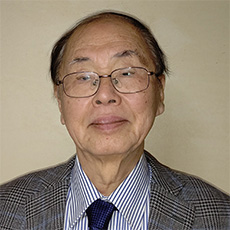
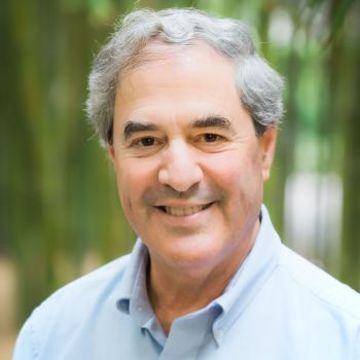
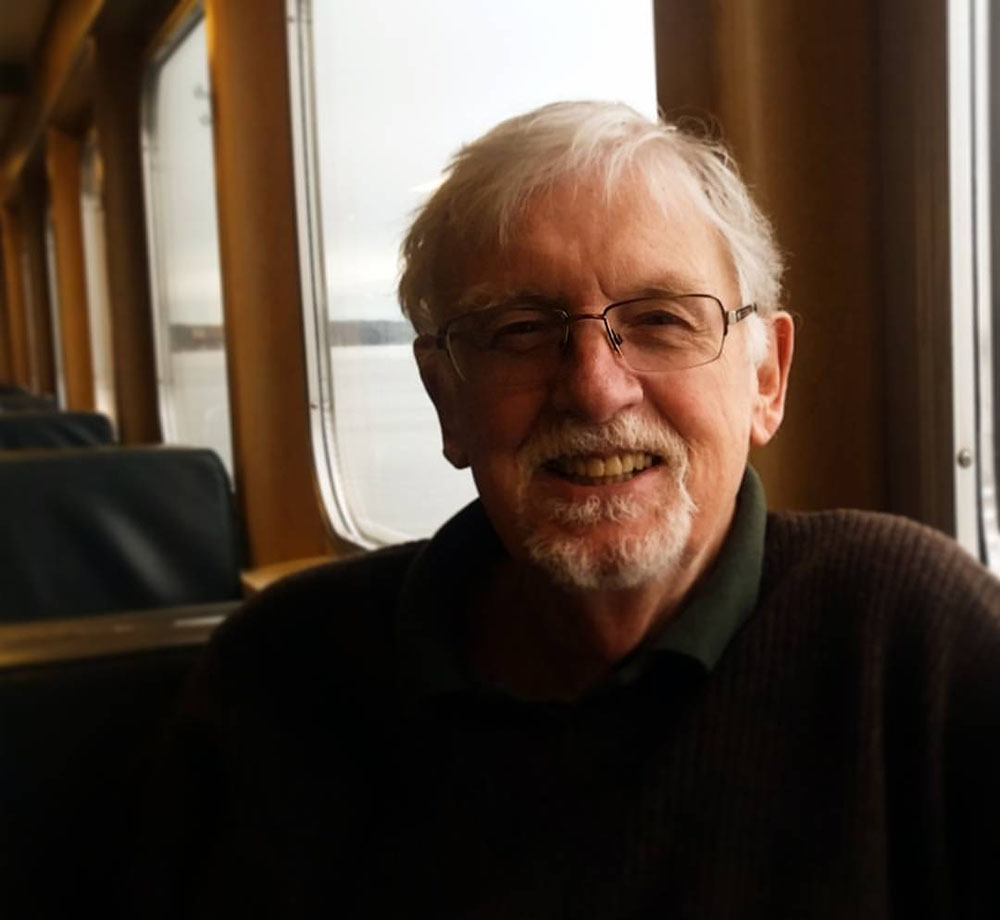
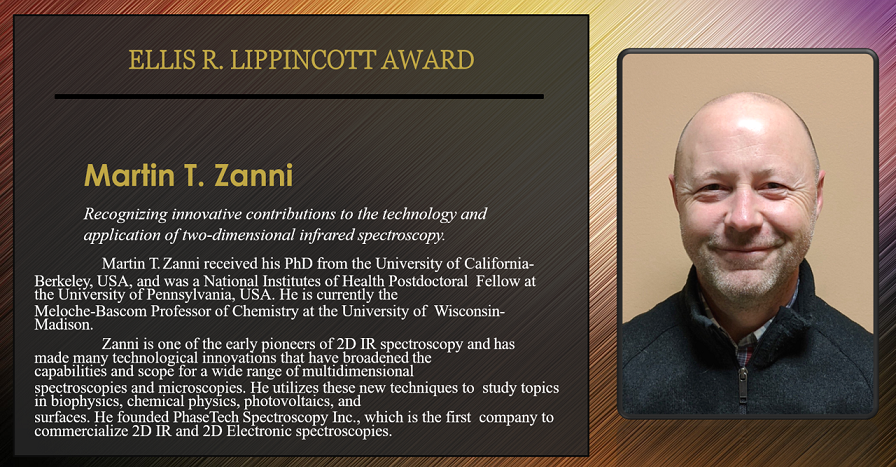
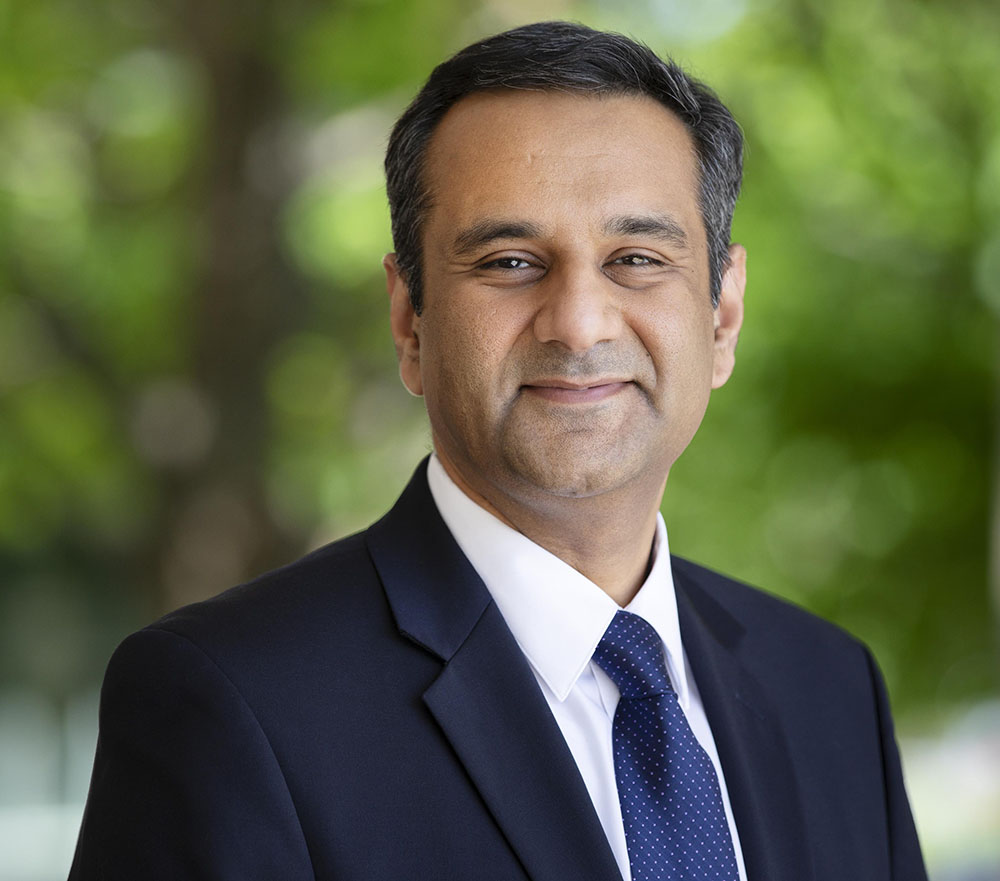 The 2021 Ellis R. Lippincott Award was presented to Rohit Bhargava for “contributions to the fundamental physics and instrument engineering of mid-IR microscopy and its applications to medical imaging.”
The 2021 Ellis R. Lippincott Award was presented to Rohit Bhargava for “contributions to the fundamental physics and instrument engineering of mid-IR microscopy and its applications to medical imaging.”  The 2020 Ellis R. Lippincott Award was presented to Dr. Volker Deckert, “for ongoing contributions to high-resolution Raman spectroscopy, in particular the realization of tip-enhanced Raman spectroscopy, allowing label-free structural surface characterization down to the single-molecule level.”
The 2020 Ellis R. Lippincott Award was presented to Dr. Volker Deckert, “for ongoing contributions to high-resolution Raman spectroscopy, in particular the realization of tip-enhanced Raman spectroscopy, allowing label-free structural surface characterization down to the single-molecule level.”  Ji-Xin Cheng attended University of Science and Technology of China from 1989 to 1994 and pursued a PhD study on bond-selective chemistry from 1994 to 1998. In 2000, he joined Sunney Xie’s group at Harvard University as a postdoc. Cheng joined Purdue University in 2003 as Assistant Professor, promoted to Associate Professor in 2009 and Full Professor in 2013. He joined Boston University as the Inaugural Moustakas Chair Professor in Photonics and Optoelectronics in 2017.
Ji-Xin Cheng attended University of Science and Technology of China from 1989 to 1994 and pursued a PhD study on bond-selective chemistry from 1994 to 1998. In 2000, he joined Sunney Xie’s group at Harvard University as a postdoc. Cheng joined Purdue University in 2003 as Assistant Professor, promoted to Associate Professor in 2009 and Full Professor in 2013. He joined Boston University as the Inaugural Moustakas Chair Professor in Photonics and Optoelectronics in 2017. The 2018 Ellis R. Lippincott Award was presented to Peter Hamm, Universitat Zurich, “for seminal contributions to developing multidimensional infrared, Raman and Terahertz spectroscopy and pioneering studies of protein and hydrogen bonding dynamics in molecular liquids.”
The 2018 Ellis R. Lippincott Award was presented to Peter Hamm, Universitat Zurich, “for seminal contributions to developing multidimensional infrared, Raman and Terahertz spectroscopy and pioneering studies of protein and hydrogen bonding dynamics in molecular liquids.”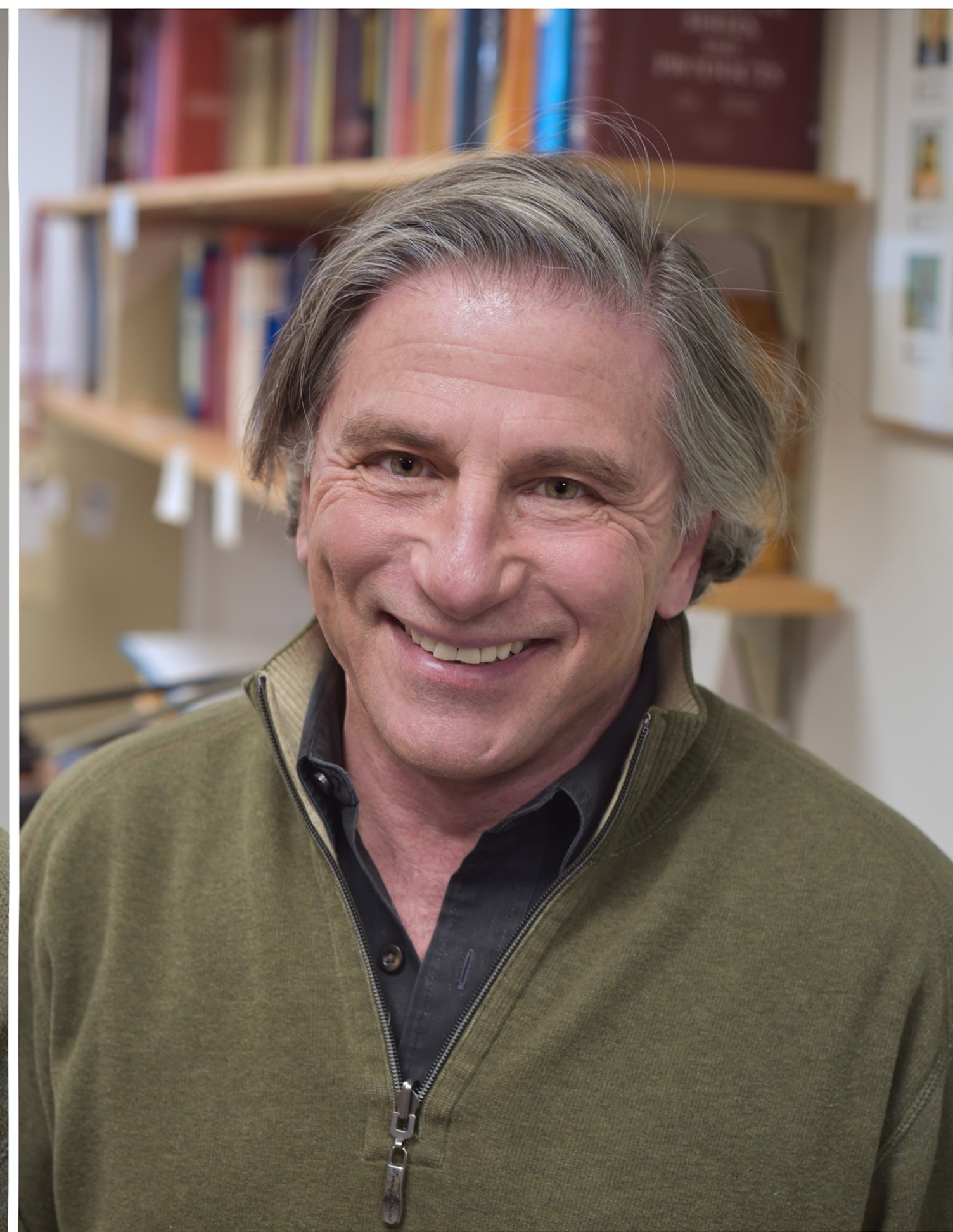 Roberto Merlin is the Peter A. Franken Professor of Physics and a Professor in the EECS Department at the University of Michigan. He received the Licenciado en Ciencias Fisicas and the Dr. rer. nat. degrees from the University of Buenos Aires, Argentina (1973) and the University of Stuttgart, Germany (1978).
Roberto Merlin is the Peter A. Franken Professor of Physics and a Professor in the EECS Department at the University of Michigan. He received the Licenciado en Ciencias Fisicas and the Dr. rer. nat. degrees from the University of Buenos Aires, Argentina (1973) and the University of Stuttgart, Germany (1978).